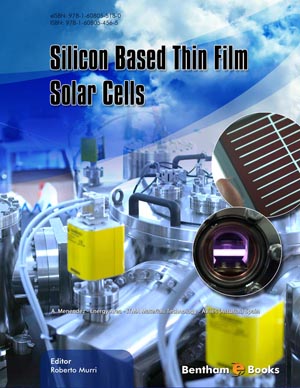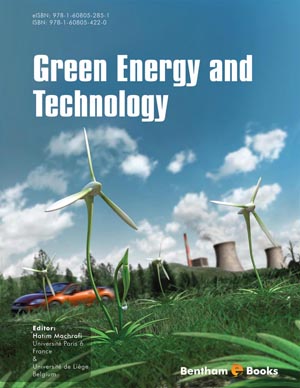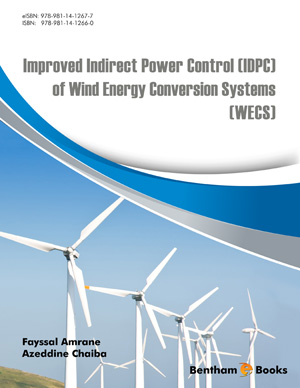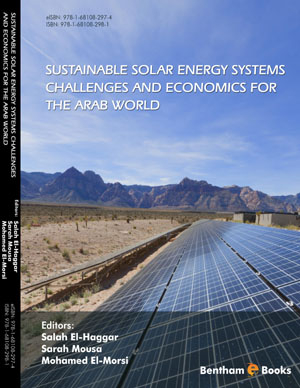Abstract
The amorphous/crystalline silicon heterojunction solar cell fascinated the researchers since the beginning as a way to improve the efficiency of silicon based solar cell and to reduce the cost of the PV. Indeed with the aid of a heterojunction it is possible to achieve higher built-in voltage and higher cell open circuit voltage with respect to the homojunction. Moreover thin amorphous film technology, using low temperature processes (below 300°C), in principle allows the use of thinner silicon wafer that could suffer of high temperature step required in the homojunction approach to the cell efficiency. Many efforts have been spent by several research groups to address the main problems of the HJ device related to the silicon surface cleaning, defects at the interface, thin film doping, metal contact and device architecture. From ’90 years the progresses of SANYO results have driven the scientific community to achieve higher cell efficiency. Actually SANYO has demonstrated the possibility to fabricate heterojunction cell on c-Si wafer thinner than 100 μm, leading the amorphous crystalline silicon heterojunction concept toward thin film solar cell.
In this chapter we overview the heterojunction cell concept out lighting the problems encountered and the current understanding of the fundamental device physics to achieve highest efficiency.
Keywords: Amorphous silicon, cleaning, doping, heterojunction, lifetime, numerical model, plasma treatment, screen printing, solar cell, silicon, texturing, thin film, transparent conductive oxide.













